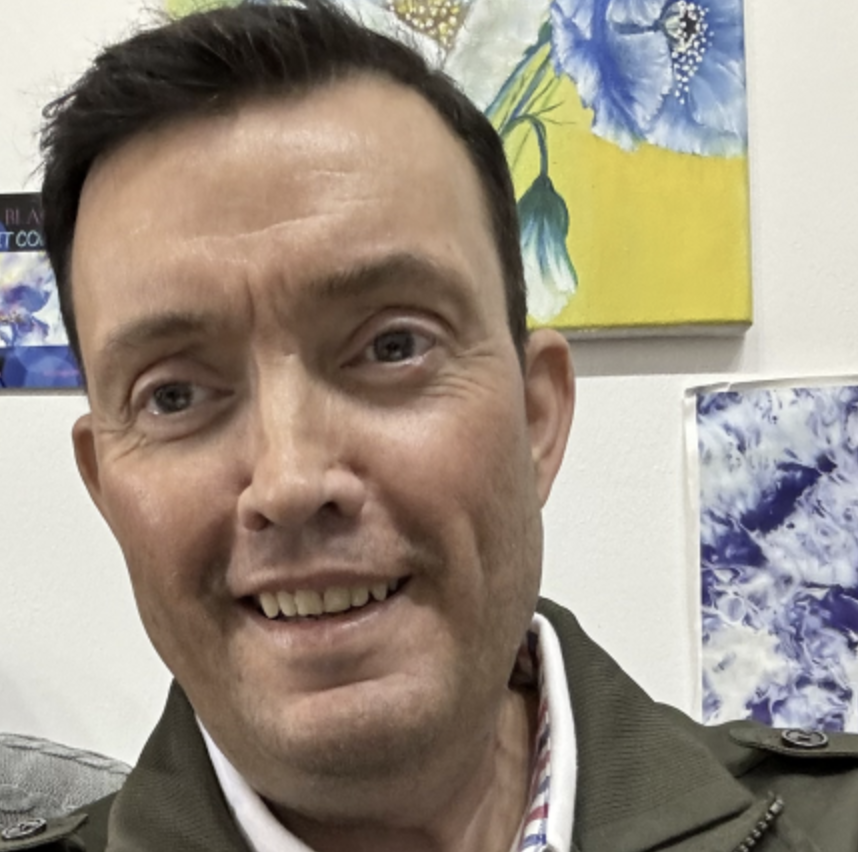Neurodiversity and Society’s Rigid View of Disability
Article
Neurodiversity isn’t always seen as a disability, nor do we wear a label announcing it. For many of us, including those with ADHD, the term disabled doesn’t feel like it fits. But that doesn’t mean our experiences aren’t valid. The real issue isn’t our brains, it’s the rigid way society defines disability.
Disability is often framed in a way that only accounts for what’s visible or fits neatly into a checklist. But what about the challenges that aren’t immediately obvious? ADHD isn’t just about being forgetful or distracted. It’s about navigating a world designed for a completely different cognitive style, where something as simple as filling out long forms, sorting through overwhelming amounts of information, or structuring a daily routine can become exhausting.
Beyond the practical struggles, there’s also the weight of past experiences. Many of us go undiagnosed for years, often hearing that we’re lazy, careless, or not living up to expectations. These messages don’t just disappear with a diagnosis, they shape how we see ourselves, fueling anxiety, frustration, and even shame. The mental toll of being misunderstood isn’t something you can measure with a checklist, but it’s no less real than any other barrier.
Rather than focusing on whether ADHD and similar conditions "qualify" as disabilities, the conversation needs to shift. Labels don’t define experience, and lived reality isn’t something that can be neatly categorised. People shouldn’t have to prove they’re struggling just to be taken seriously. Instead of gatekeeping who gets support and understanding, we should be asking how to make the world more navigable for everyone.
It’s not about seeking special treatment, it’s about recognising that inclusion means more than just accommodating the most obvious needs. It means rethinking outdated ideas, challenging assumptions, and making space for perspectives that don’t always fit the mold. Because real accessibility isn’t just about what you can see, it’s about what you choose to understand.
